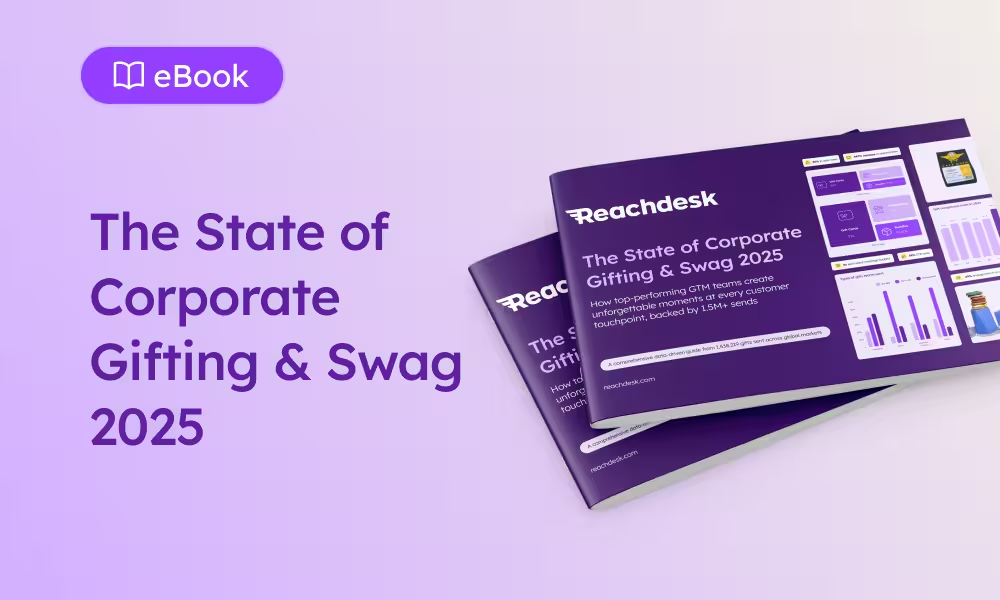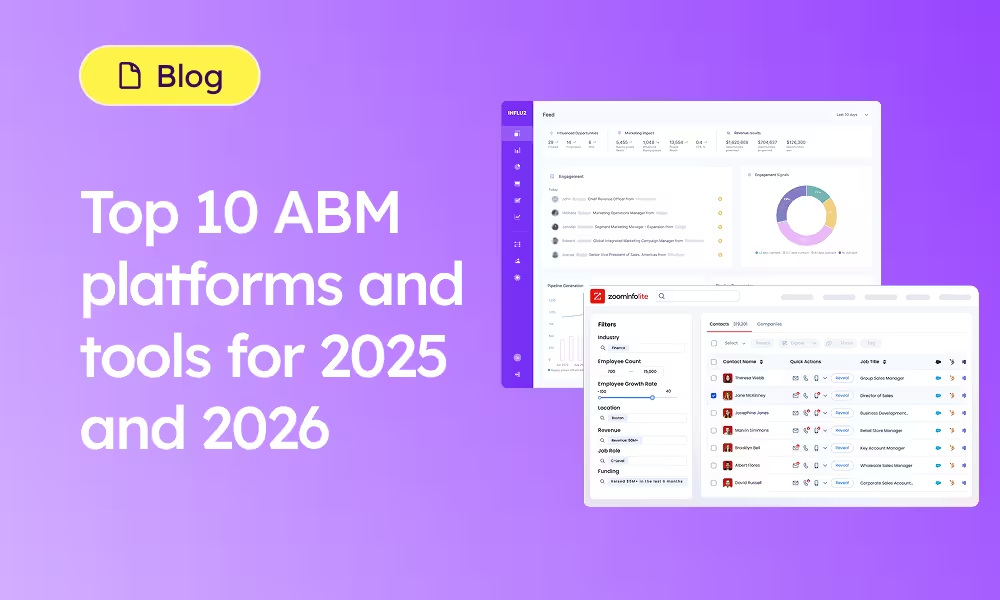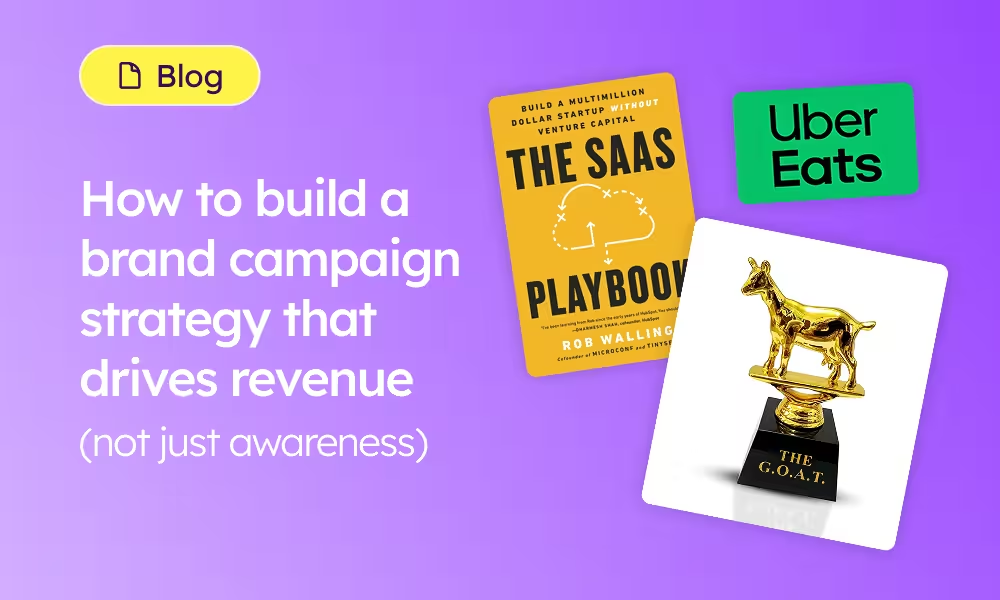One powerful platform for ROI-driven corporate gifting, swag, and engagement at scale.
Here we are, the last in the ‘How to Get Started with ABM’ series. Hopefully, you’re now well and on your way to becoming an ABM superstar! In the last blog, we spoke on building your team and this time around we focus on ROI.
Right at the start, we mentioned that revenue is the best measurement for the success of any programme. It’s unambiguous, easier to track and attribute as well as being the ultimate goal for any business.
Influenced revenue, MQLs and pipeline creation are the metrics most marketers would look to measure. The difference with ABM is that it is measured differently. Gone are the days in which leads, MQL, lead scores were the be-all and end-all for a marketing team.
Now, it’s the language of sales that is the most appropriate. It’s about the “A” of ABM, “accounts”, how can you nurture accounts and ultimately what you can do to win them. Whereas forms and content were used as a means for marketing to pass leads over to sales, this type of measurement is now a form of engagement from an account.
Along with revenue, there is also relationships and reputation that help you get the best ROI from your programmes. These are the 3 R’s and if you use these to measure the success of your ABM programmes, you’ll understand exactly what works.
A couple of stats to reflect on:
- 87% of marketers that measure ROI have recorded that ABM outperforms every other marketing investment
- 91% of companies that use ABM see an increase in their average deal size.
So, how do we measure this and what should we be putting in place to ensure we can do this effectively?
Revenue
Firstly, go back to your original goals and objectives. What is it that we are trying to achieve? Is the aim to close new accounts, expand existing accounts, increase deal velocity? Once you’re aligned on your goals, you can build your ROI revenue tracking. We recommend doing this in stages: Begin with early-stage pipeline from increased RFP’s, calls, inbound and demos booked. As the opportunity is qualified measure the velocity and the deal size expected. Finally the closed-won amount. By doing this, you have a clear map of open opportunities, what the account engaged with and ultimately what that led to as closed-won revenue for you and that ABM programme.
Relationships
Your ABM programme shouldn’t be a cold machine that works to win clients without any relationship building. ABM allows you to build strong relationships with key stakeholders and deepen those relationships as the programme continues. By targeting specific audiences and personas with the content and outreach that speaks to them in a way that’s valuable to them helps you develop advocates and champions in your target accounts. The best way to measure this is the number of key stakeholders you have identified, the number of meetings booked and taken and of course the numbers of engagement you are getting from the content you create.
Reputation
Like all forms of marketing, with ABM we’re looking to influence your target accounts. It may be the case that you’re building a reputation in a new market, enhance your current credibility and achieve your ‘Coca-Cola’ moment. You’ve never heard anyone ask for a ‘rum and cola-flavored soda’, right? You should look to measure content engagement directly with those key contacts, the social reach within the target accounts, your brand perception within target accounts, attendance numbers to your events then finally case studies, testimonials and advocacy. Are your target accounts won speaking about you to the world?
The one thing that brings all of this together and what ABM different is, of course, data. It’s vital that you get to grips with the data. By knowing what to measure and you can feedback to your ABM programme to fine-tune and adjust as you go and share the data with teams that need it. Your sales teams should be able to see the ABM ROI dashboards you create. It’s also essential you ensure your content team can see what types of content get the best engagement. It’s vital that you’re using data to inform the decisions you make on everything from what is being created down to what actions your teams take with an account.
And with that, we come to the end of our How to Get Started with ABM series. From building your ICP in part 1 through to measuring your ROI. With these 8 steps in place, you should be able to set up your amazing ABM programmes and reap the rewards of your hard work, and we for one, can’t wait to see it!
Watch the full episode here:
For our full "How to Get Started with ABM" series, check the "What is ABM and how to get started" page and our detailed pages - all incl. videos:









